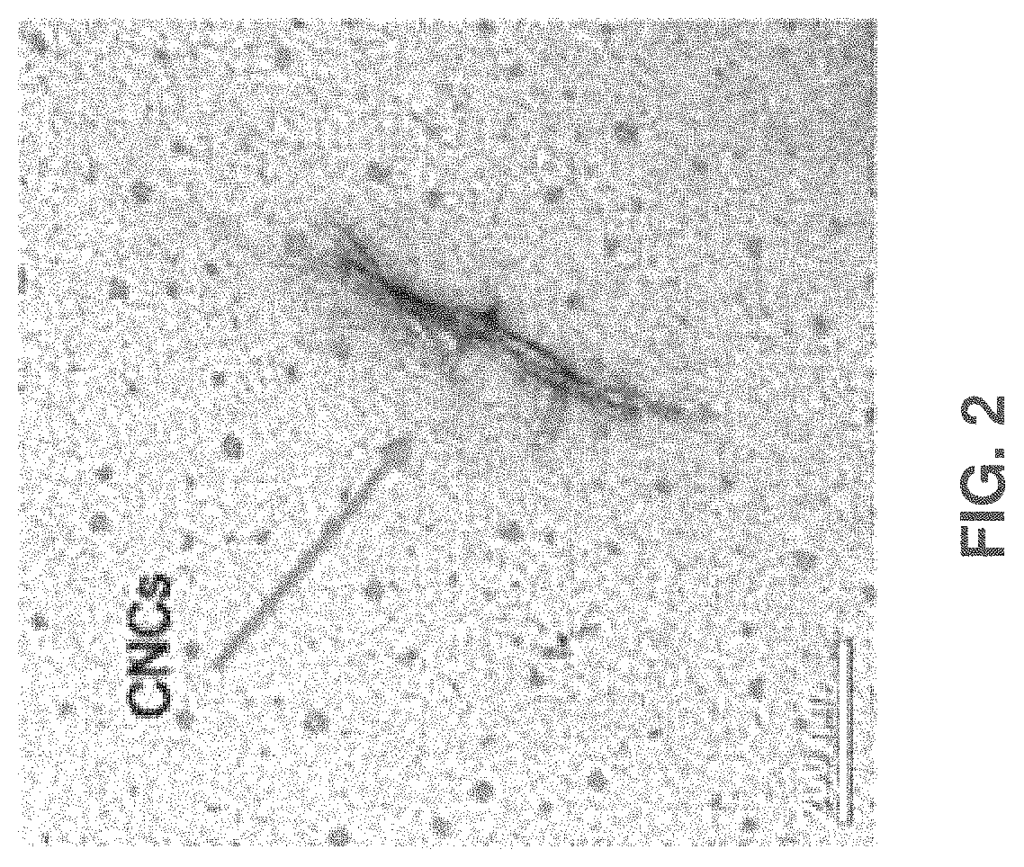Eco-Friendly Nanocellulose for Sustainable Solutions
Introduction
This advanced nanocellulosic composition technology offers groundbreaking potential for industries looking to innovate with sustainable and versatile materials. With applications across biotechnology, packaging, construction, and pharmaceuticals, the nanocellulose composition provides a lightweight, durable, and environmentally friendly alternative to conventional materials. Companies seeking to enhance product performance while meeting sustainability goals will find this technology a valuable addition to their portfolio.
The Challenge: Balancing Strength and Sustainability
Industries are increasingly facing the challenge of finding materials that balance durability with sustainability. Traditional materials, such as plastics or non-renewable composites, may offer strength and versatility but often come with significant environmental costs. As regulatory and consumer demand for greener, more eco-friendly products grows, businesses are pressed to find innovative materials that provide strength without sacrificing their environmental responsibilities. Conventional materials also present limitations in terms of their adaptability across diverse applications, hindering progress in sectors where high-performance, sustainable materials are needed.
Nanocellulose: The Next Generation of Sustainable Materials
Nanocellulosic compositions solve these challenges by delivering a highly adaptable material that is strong, lightweight, and biodegradable. Made from renewable sources, nanocellulose can be engineered to enhance the structural integrity of products while significantly reducing their environmental impact. Its high surface area, strength, and flexibility make it ideal for reinforcing packaging materials, creating durable construction products, or even formulating pharmaceutical carriers. The technology supports industries in advancing toward more sustainable production methods while meeting performance standards that rival traditional materials.
Key Benefits Across Multiple Sectors
In packaging, this technology provides an eco-friendly alternative to petroleum-based plastics, supporting brands in reducing waste while improving packaging strength. Construction firms can leverage nanocellulose to enhance the durability of building materials while cutting down on the use of harmful or unsustainable components. For biotechnology and pharmaceutical companies, nanocellulosic compositions offer potential in creating more efficient drug delivery systems, biosensors, and medical products with reduced environmental footprints. Across all sectors, nanocellulose presents a future-focused solution that aligns with global sustainability goals.
Investing in Sustainable Material Innovation
Licensing this eco-friendly nanocellulose technology positions your organization at the forefront of material science innovation. As industries shift towards sustainable practices, nanocellulose offers an opportunity to meet these demands while delivering high-performance, adaptable solutions. Whether for packaging, construction, biotechnology, or beyond, this technology empowers businesses to innovate responsibly, combining environmental stewardship with advanced material performance. It’s a strategic step towards creating products that are not only stronger and more versatile but also aligned with the growing demand for sustainability in a resource-conscious world.

- Abstract
- Claims
What is claimed is:
Share
Title
Nanocellulosic compositions
Inventor(s)
Michael L. CURRY, Donald White
Assignee(s)
Tuskegee University
Patent #
11084907
Patent Date
August 10, 2021
